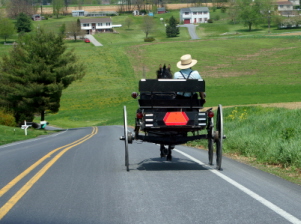Esther Dyson is a prominent force in the digital world, and is considered to be a member of the ‘digerati’ (a term for people who are the movers and shakers of everything technological).She is the daughter of the famous physicist Freeman Dyson and the mathematician Verana Huber-Dyson.
According to Wikipedia, the company that Ms. Dyson founded, EDventure Holdings, analyzes the impact of emerging technologies and markets on economies and societies.In addition, Ms. Dyson is on the board of the genetics company 23andme.Her interest in genetics and emerging technology is undoubtedly one of the main reasons she has decided to become one of the “First 10.â€
The “First 10â€
The “First 10†(or “First Tenâ€) references ten volunteers who are part of the Personal Genome Project, or the PGP.The PGP, headed by Dr. George M. Church of Harvard, aims to develop affordable personal genome sequences as well as user-friendly data applications.Initially, the project will start by releasing the sequencing and complete medical records of 10 individuals.Because of issues of risk versus benefit and informed consent, the first set of ten volunteers will be people who have a “master’s level or equivalent training in genetics or equivalent understanding of genetics research.â€According to the PGP website, “[p]roduction costs per subject range from $8K for a limited subset of the genome to over $200K per subject to cover a significant fraction of their DNA.â€According to a recent New York Times article, the “project’s volunteers will receive the one percent of their genome currently deemed most useful at a cost of $1,000.â€This conflicts with the PGP’s description of the cost, and I’m not sure what the discrepancy is about. ... Click to read more!
